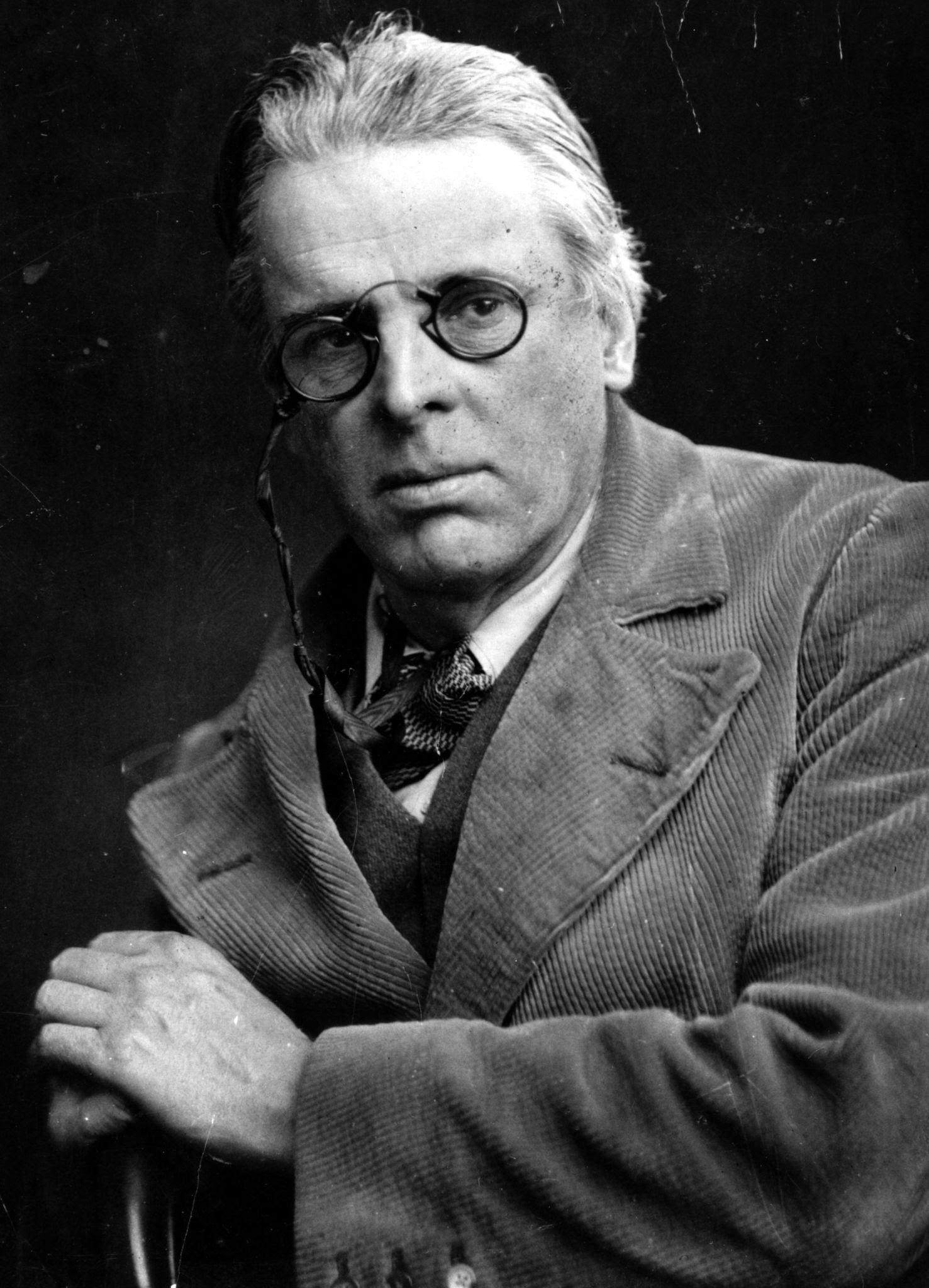Difference between revisions of "Template:POTD protected"
Occultwiki (talk | contribs) |
Occultwiki (talk | contribs) |
||
| Line 1: | Line 1: | ||
{| role="presentation" style="margin:0 3px 3px; width:100%; text-align:left; background-color:transparent; border-collapse: collapse; " | {| role="presentation" style="margin:0 3px 3px; width:100%; text-align:left; background-color:transparent; border-collapse: collapse; " | ||
|style="padding:0 0.9em 0 0;" | [[File: | |style="padding:0 0.9em 0 0;" | [[File:WB Yeats.jpg|300px|thumb|]] | ||
|style="padding:0 6px 0 0"| | |style="padding:0 6px 0 0"| | ||
'''[[ | '''[[W.B. Yeats|William Butler Yeats]]''' was an Irish poet, dramatist, writer, and politician. | ||
Yeats had a lifelong interest in mysticism, spiritualism, [[occult]]ism and [[astrology]]. He read extensively on the subjects throughout his life, became a member of the paranormal research organisation "The Ghost Club" in 1911. His mystical interests, inspired by a study of [[Hinduism]], formed much of the basis of his late poetry. During séances held from 1912, a spirit calling itself "Leo Africanus" apparently claimed it was Yeats's [[demon|Daemon]] or anti-self. | |||
During 1885, Yeats was involved in the formation of the Dublin Hermetic Order. That year the Dublin Theosophical lodge was opened in conjunction with Brahmin Mohini Chatterjee, who travelled from the Theosophical Society in London to lecture. Yeats attended his first séance the following year. He later became heavily involved with the Theosophy and with hermeticism, particularly with the eclectic [[Rosicrucian|Rosicrucianism]] of the [[Hermetic Order of the Golden Dawn]]. | |||
<p><small> | <p><small>Photo Credit: Hulton Archive</small></p> | ||
[[:Category:Images|'''(More Images)''']] | [[:Category:Images|'''(More Images)''']] | ||
<div class="potd-recent" style="text-align:right;"> | <div class="potd-recent" style="text-align:right;"> | ||
Revision as of 03:21, 2 October 2023
|
William Butler Yeats was an Irish poet, dramatist, writer, and politician. Yeats had a lifelong interest in mysticism, spiritualism, occultism and astrology. He read extensively on the subjects throughout his life, became a member of the paranormal research organisation "The Ghost Club" in 1911. His mystical interests, inspired by a study of Hinduism, formed much of the basis of his late poetry. During séances held from 1912, a spirit calling itself "Leo Africanus" apparently claimed it was Yeats's Daemon or anti-self. During 1885, Yeats was involved in the formation of the Dublin Hermetic Order. That year the Dublin Theosophical lodge was opened in conjunction with Brahmin Mohini Chatterjee, who travelled from the Theosophical Society in London to lecture. Yeats attended his first séance the following year. He later became heavily involved with the Theosophy and with hermeticism, particularly with the eclectic Rosicrucianism of the Hermetic Order of the Golden Dawn. Photo Credit: Hulton Archive |
